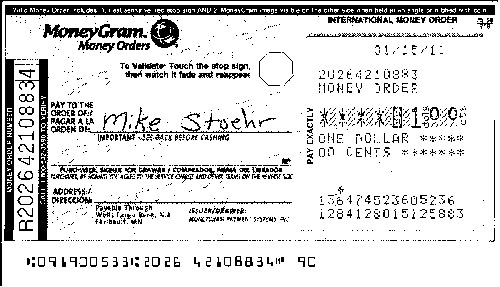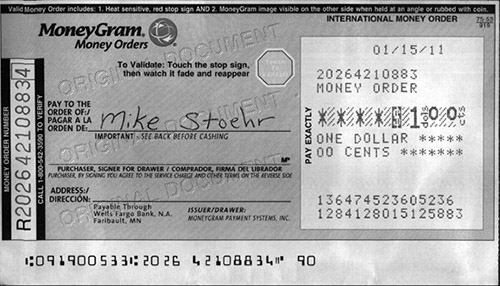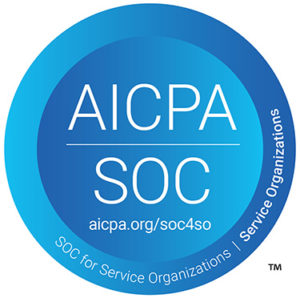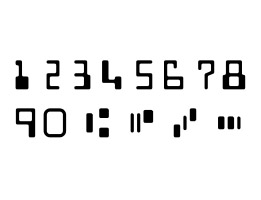

A bitonal image is an image consisting of only pure black and pure white pixels. There is no shading at all — each pixel is either 100% black (#000000) or 100% white (#FFFFFF). The name “bitonal image” comes from the fact that these two “tones” are the only ones used.
It should not be confused with a grayscale, which is also a type of monochrome image, but which uses many shades of gray in between black and white. (An example of the difference between the two formats can be seen at right.)
Bitonal images offer some of the smallest file sizes among all image types, because of their extreme simplicity. They are essentially a “1-bit graphics” format, in which each pixel is either “on” or “off,” much like binary code. However, that small file size comes at the expense of readability: There is no color depth (also called bit depth) at all, and anything in the image that used shading or fine features is likely to be unrecognizable. Click here for a useful explanation of how bit depth works.
In banking, the bitonal image is the legally recognized standard for electronic check clearing in the United States and many other countries. This is mainly because its low file size is ideal for transmitting large numbers of checks over a network. Checks are usually captured by the bank as grayscale images with higher detail, and then converted to bitonal images before transmission.




